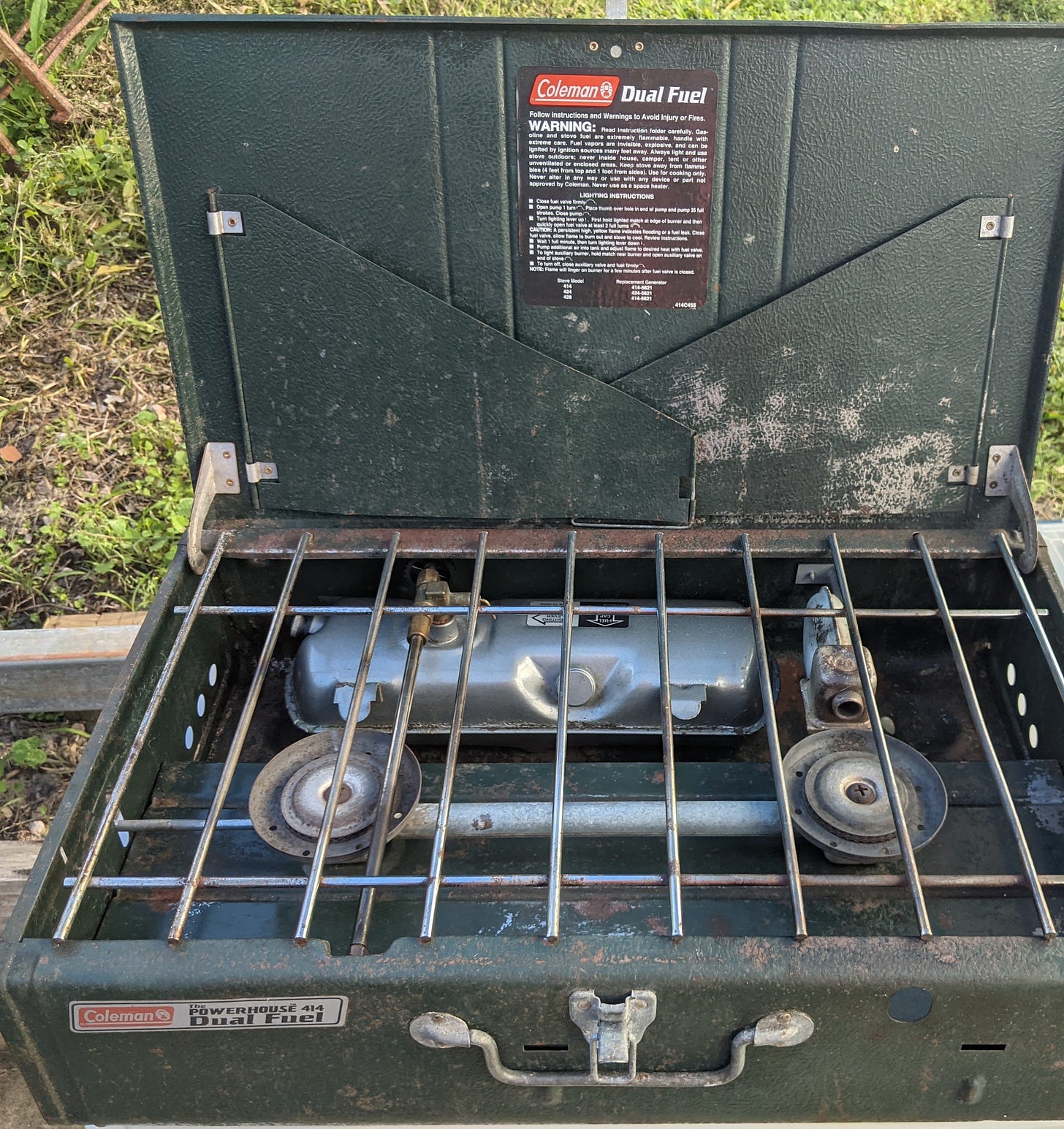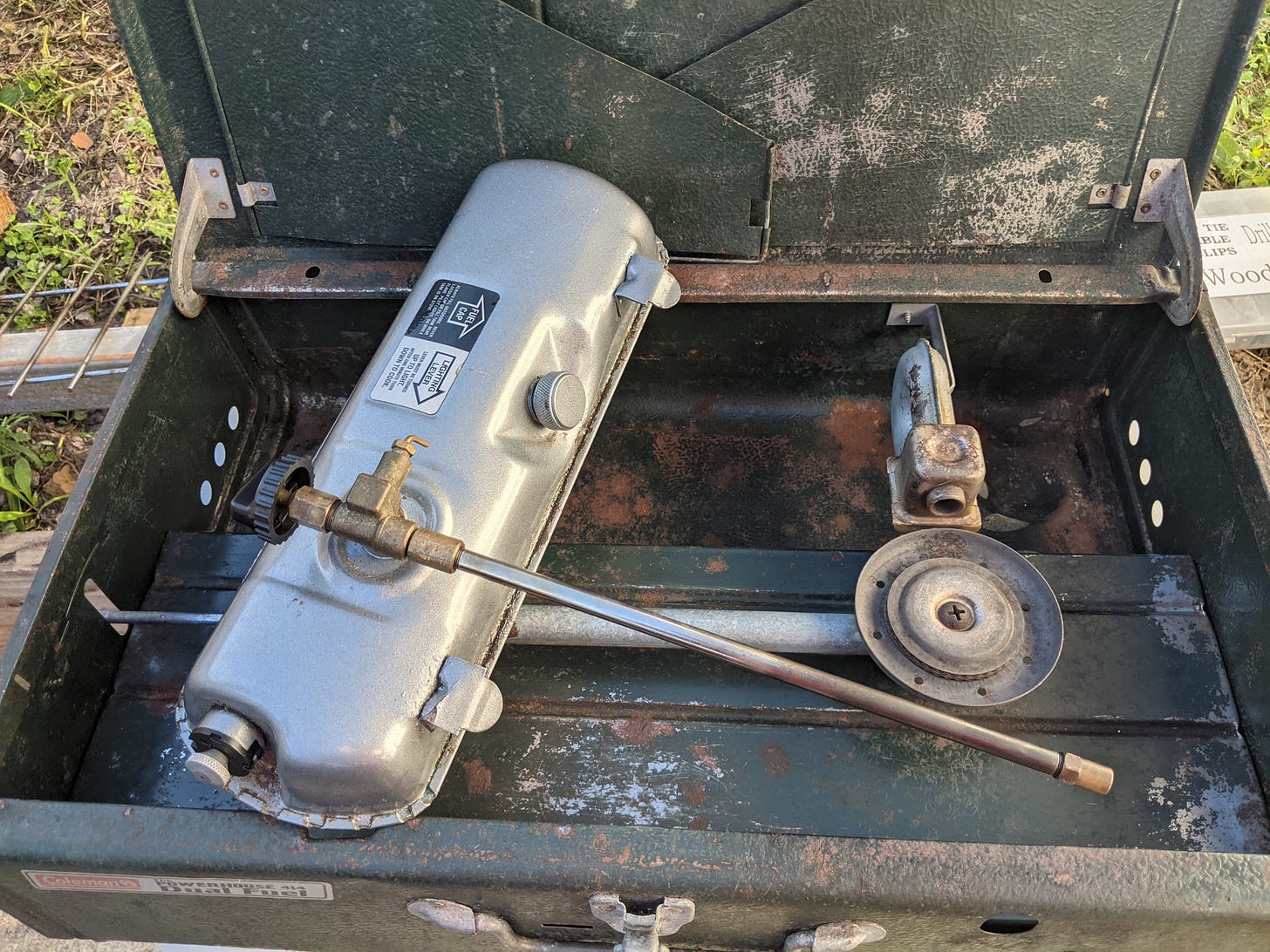Pyromania is a mental health condition. Calling something a condition somehow sanitises and makes things a little more palatable. I’m sure the DSM has a category for pyromania somewhere in their ever burgeoning lexicon of classifying human behaviour. I’m pretty darn sure having to set things on fire is an impulse control issue, but I’m no psychologist. Not quite the same as having to have a piece of Bee Sting cake, so I can on some level identify with impulse control issues, especially if we’re talking about sugary sweetness. By contrast having to set things alight is arguably a more sinister and dangerous pastime, so if you suspect somebody has the condition it’s in everybody’s best that you keep a close eye on them whenever possible. By doing so you might even save someone’s life, their property, or both. I’ve even heard of someone setting fire to their own lawn mower. Admittedly, it was by all accounts as valuable as a freshly minted piece of Wongari turd, but that’s beside the point. Plus, the guy who did the lighting was a bit of a nutter, but apparently the Kmart brand mower burned gloriously, and was quite the talking point among his neighbours.
I’ve always loved fire, but not in a set my mower on fire kind of way. I remember being in awe of the redness and heat generated by a good fire, with early memories of watching my grandfather light a fire in the pouring rain by pouring diesel on a heap of soaking wet logs and setting it alight with some Redheads. There’s something primal about fire. Being able to contain and control flames was certainly a game changer for human kind. It’s all rather old news these days. Flicking switches, turning keys, pressing buttons and dialing up precise settings for whatever heat source tickles your fancy requires no effort at all. Like most things in life, it’s all about balance. Just the right amount of heat and it’s lovely and warm, cooked just right, smelling delicious. A little too much heat and it’s blistering redness, charcoal lumps and choking black smoke. Oh, and if you don’t know what Redheads and fire have to do with each other, you’ll have to Google it up. So anyway, let me get back on track and start getting to the point of this convoluted tale of combustion and cookery.
In an earlier post I briefly mentioned purchasing a petrol stove. If you are interested in hearing more about this, you’re welcome to check out my Kero Lantern mutterings. One of my favourite things to do, is to pack the 4WD and head into the bush or out to the seaside to do some camping. Of course, most Australian’s are completely bonkers about outdoor living. What used to be a camping trip with the bare necessities has become way more complicated than lighting a fire, rolling out a swag and relaxing in the shade while all the ice in your esky quickly dissolves into water. Good marketing, combined with just the right amount of greed and envy has seen superfluous amounts of camping gear aimed at keeping even the most unhappy camper, relatively happy. Again, it’s all about balance. If you can take your couch, why not pack your 75 inch TV and an electric blanket as well. On our last sugar glider rescue mission to K’gari Island, my wife pointed out one individual’s camping setup whereby they had brought along a three-seater couch. I kid you not.
So anyway, after carting around LPG bottles, BBQ’s, and butane cookers for years, I finally decided to get back to cooking dangerously. I’m not against those other methods of cooking with gas, in fact they are a more logical, safer, and convenient choice for most people. The reason I like the petrol stove is because it’s compact and I don’t have to carry around big heavy gas bottles, or packs of those annoying and increasingly expensive single use butane canisters. The petrol stove burns better in breezy conditions, and unlike those cheap butane stoves that rust and quickly become land fill after a few uses, my current stove is nearly 25 years old and will probably last another 25 years if I bother to look after it. The other thing I like about the petrol stove, is that compared to LPG, petrol is relatively cheap, and available almost anywhere. Another benefit is that I’m never in any doubt as to whether or not the tank is getting close to empty. I’ve forgotten how many times I’ve had to refill a half empty LPG tank just in case the BBQ runs out of gas mid-way though cooking a tasty steak. The only solution to that dilemma was carrying around two gas bottles and I’m well and truly over all that.
Sadly, this kind of portable heating source is now becoming obsolete. Much like the Kerosene lantern in my previous post. I’ll admit, having a petrol stove isn’t the most environmentally friendly method of cooking. The marketing guru’s realised decades ago that people will spend more if they believe they are saving the planet. Burning petrol or fossil fuels isn’t what good, responsible, environmentally friendly camping is all about. Just ask the family with their $120K 4WD who towed their $80K caravan all the way up 75-mile beach with their 3-seater couch on board as well. The problem the marketing gurus have with petrol stoves, apart from the fact they burn fossil fuels, is that they were built to last. Compared to the flimsy butane cookers that were designed to go rusty after being exposed to the weather after one camping season, these stoves can be left to your children or grandchildren as a parting gift. If they do have a problem, you can actually work on them and fix them yourself as parts were readily available and quite cheap to buy. You see having something that’s well made, with a simple design, that is easy enough for the average Tasmanian to fix, isn’t really great for profits. You can’t do much upselling if the thing still cooks your meals just as effectively as it did when it was new, and that’s even after a quarter of a century of regular camping use.
To combat this obvious marketing oversite, the Coleman company, who now seemingly specialise in disposable and predominately plastic camping equipment, have decided to discontinue their rugged dual fuel stoves. I should point out that dual fuel means that they will run on either unleaded petrol, or Shellite. Interestingly enough, they are still selling these very same stoves through physical and online camping stores, and they are not particularly cheap. I contacted Coleman Australia because I was interested in buying a replacement generator for my secondhand unit. The local camping store who sold the new models told me that I could buy still buy parts through Coleman directly. This was not the case.
Coleman advised me that they have not only discontinued making their entire dual fuel line, and that they are no longer making or supplying any of the associated spare parts. Luckily, you can still get some parts online and I’m sure my stove will outlast me, however I’m going to have to teach my children or grandchildren how to maintain and look after a petrol stove, because they just might inherit one in the future. Here are some images of my Coleman Dual Fuel stove that still works like a charm, however it’s in real need of a fresh coat of paint. Thank you for reading.







